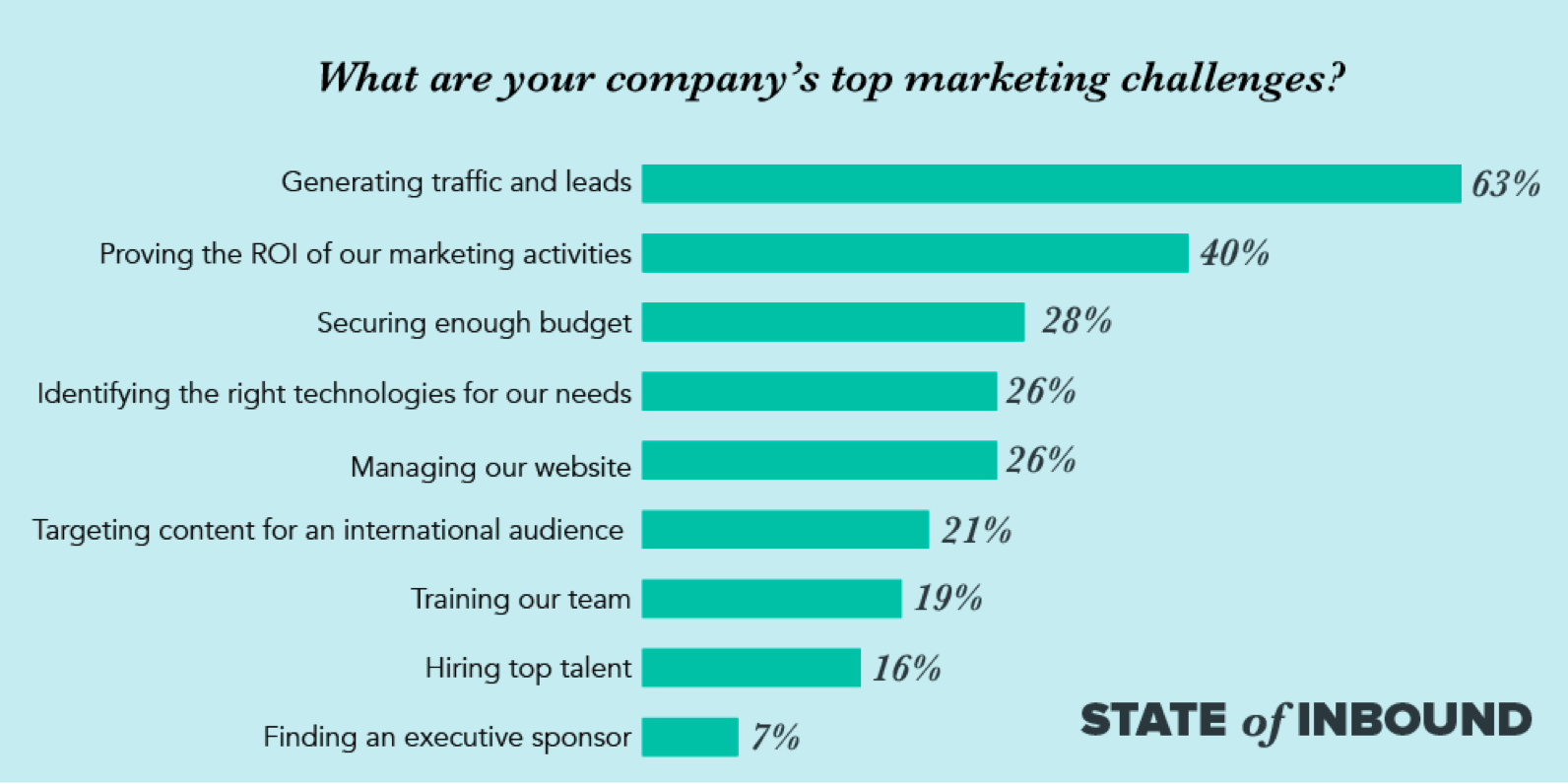
Generating new leads for your business in 2018 is the #1 marketing challenge for most businesses.
But how do you generate leads in an age when the power now resides with your customers?
Buyers use Google first and are armed with access to product and service information, opinions and reviews and comparison sites, so we need to change the way we market and sell.
Do you know your prospect’s buying process?
With your buyers now self-educating, they’re typically about 60% of the way through their buying process before they call or engage with a particular vendor.
Think about that for a minute. If your prospects are building trust and deciding on vendors or service providers online unless they can find you when they search for “commercial refrigeration” or “diesel mechanics Perth” or “commercial catering suppliers” you won’t even be in the race.
I hear you say “but my leads come from referrals”. Great. But think about this, no one just takes someone’s word anymore. When they get a referral, the first thing they do is jump online and check you out.
Generating more (and better) leads for your sales team these days is about recognising how modern buyers (including business buyers) buy, it’s about:
Step 1 – Getting Found
Google is it and unfortunately, it’s page 1 or bust. There are a number of ways that you can help to ‘get found’ online:
- SEO (search engine optimisation)
- Google ads
- Social media publishing
- Social media ads
Although it’s great to rank for high traffic searches like “business finance” or “sunglasses” that get 10’s of thousands of searches a day, you can also rank for more specific search terms that aren’t as competitive like “round sunglass suppliers for kids”. While there might not be as much traffic for those searches, if you specialise in that market you’re going to stand a much better chance of hitting page one.
Step 2 – Having a website that works
It’s not good enough for your website to just look good. The website has to work.
By this we mean the website must:
- Have a clear and defined purpose
- Be simple and easy to use on desktop or mobile
- Be fast
- Have a clear information architecture and flow that makes sense to the user
- Be built for the key profiles of users you want to attract. We call these ‘personas’ (for example, ‘busy health facility managers’ if you are a medical supplies company).
- Be designed to do a particular job. So, if you’re focusing on lead generation, you should make sure your site is firstly tailored for your target personas and their buyer journeys and then ensure that those online journeys include forms, content offers, online chat and other ways to interact.
Your website has to do a job and you need to be clear about what that job is. We focus on creating lead generation websites. We plan, design and build sites optimised to generate leads 24/7 by using forms, offers and creating customer journeys that match the exact needs of your clients (personas).
Step 3 – Providing Content that helps people trust you
Lead generation today is about building trust online (see step 1).
Trust comes from helping people solve their problems online. The way to do that is to provide content designed to help people. This could be anything from a blog designed to solve a problem, an informational newsletter, web pages that answer common questions, an ebook, how to guides and videos, webinars, case studies…there are lots of ways.
This approach is called inbound marketing and unlike old-style broadcast marketing, it’s about getting the client to come to you.
By capturing prospects’ details you can begin the process of nurturing these prospects with emails, make more relevant offers and provide ongoing offers to help bridge the gap between you and your potential customer by turning strangers into leads and leads into customers.
Step 4 – Aligning your marketing and sales teams
Finally, once you’ve got your marketing sorted out don’t forget to align your marketing with your sales team.
It’s no good sending early stage leads to your sales team. While you may have a lead that’s qualified by the marketing team (a marketing qualified lead or MQL), it may to be early in the process for the lead to be considered a Sales Qualified Lead (SQL). You need to align you marketing and sales teams so that leads are sent to the sales team at the right time.
This is where marketing automation software like Hubspot and a raft of others comes into play. Modern marketing software automates the process of scoring leads (based on such things as # of ebook downloads, page visits and other marketing interactions.
 Image Source (HubSpot Marketing Statistics)
Image Source (HubSpot Marketing Statistics)
Final Thoughts
Most consumers and buyers of business services (B2B buyers) start their search online. Try it yourself. Google the service you offer in the place you offer it. Did you find what you were looking for?
Modern marketing is about being found, being able to help when you are found and offering value long before you ever meet your prospect. It’s about building a trust engine online – an engine that ‘helps’, not ‘sells’ and nurtures your prospect to want to deal with you rather than your competitors.
The #1 thing to remember is that the buyer has the power and it’s our job to get shortlisted by solving their problem better than our competitors or substitutes for our services.
Welcome to the age of the self-educating buyer.
This guest blog is written by inbound marketing specialist Shane Davies, head of strategy and lead generation at the growth agency Davies DBM.